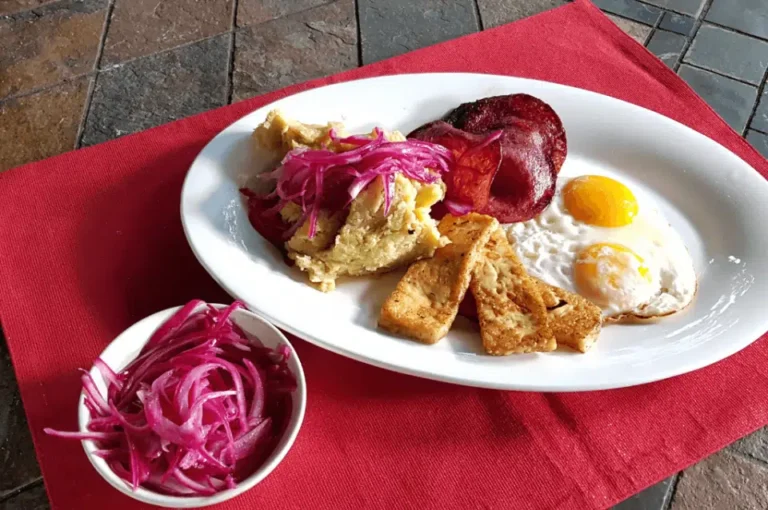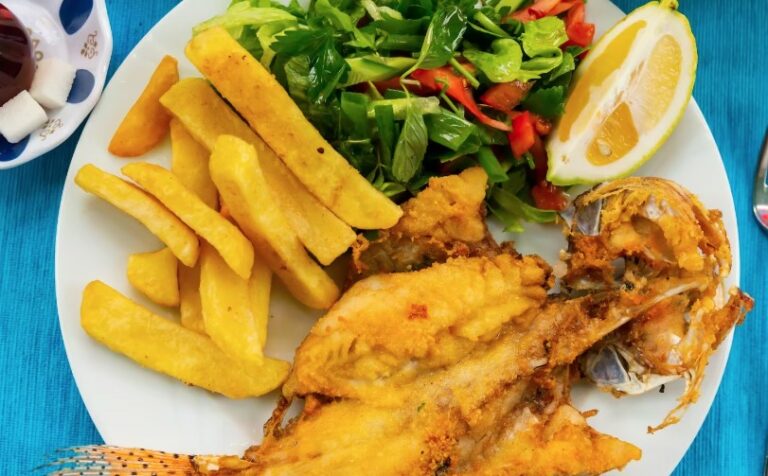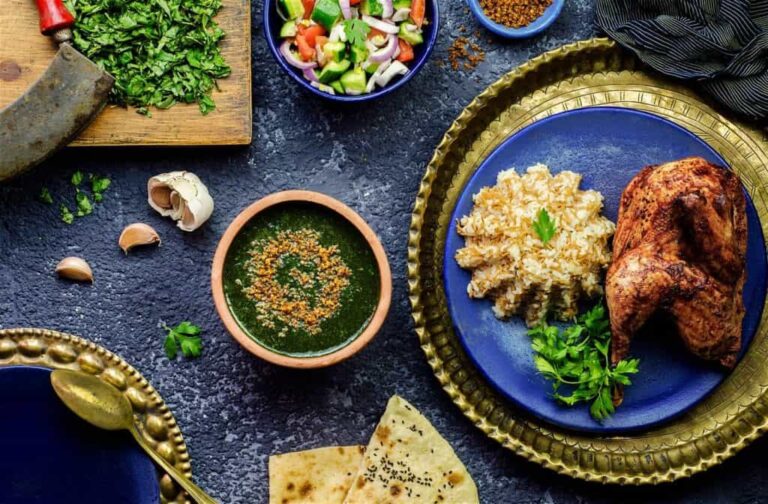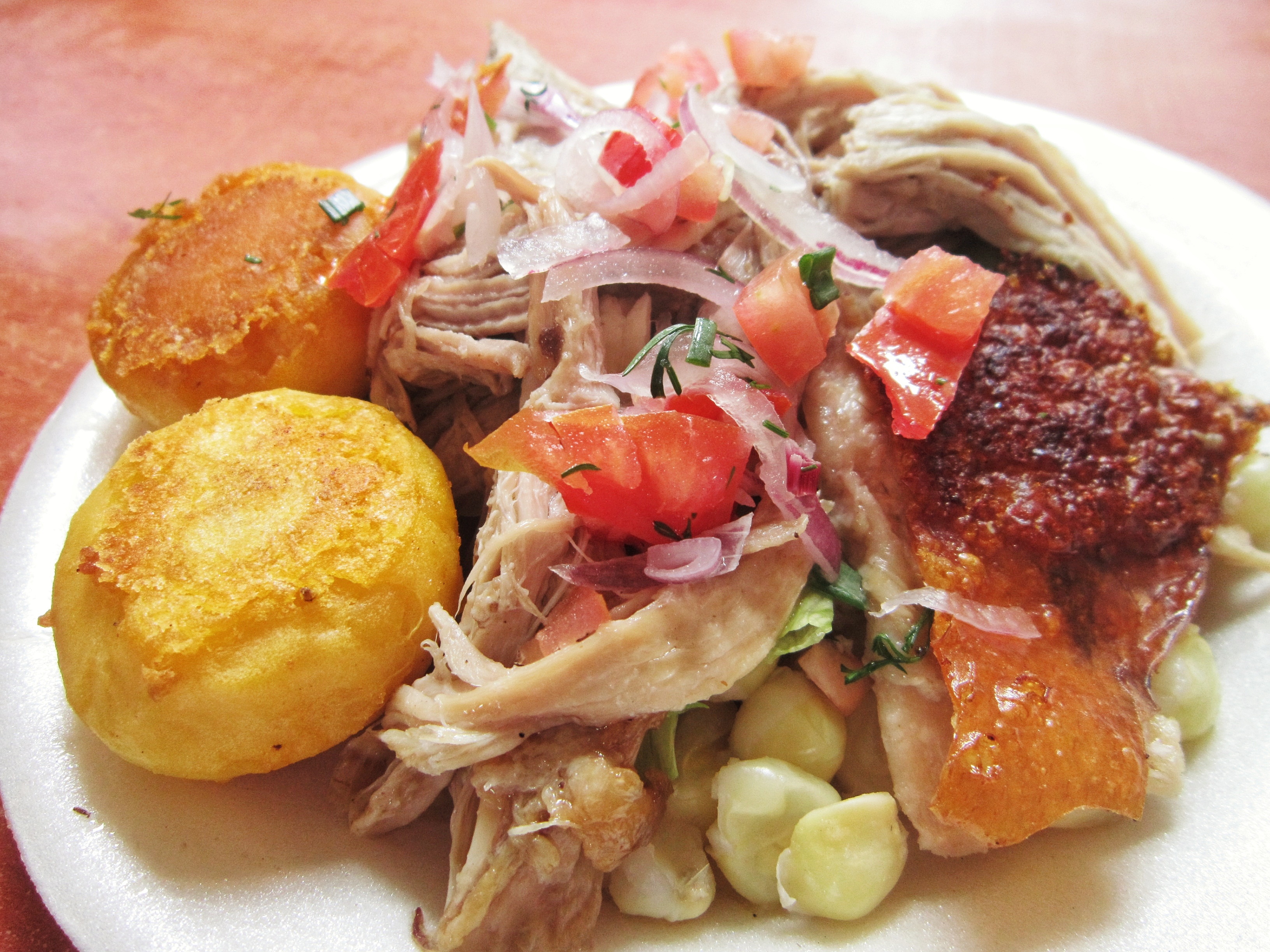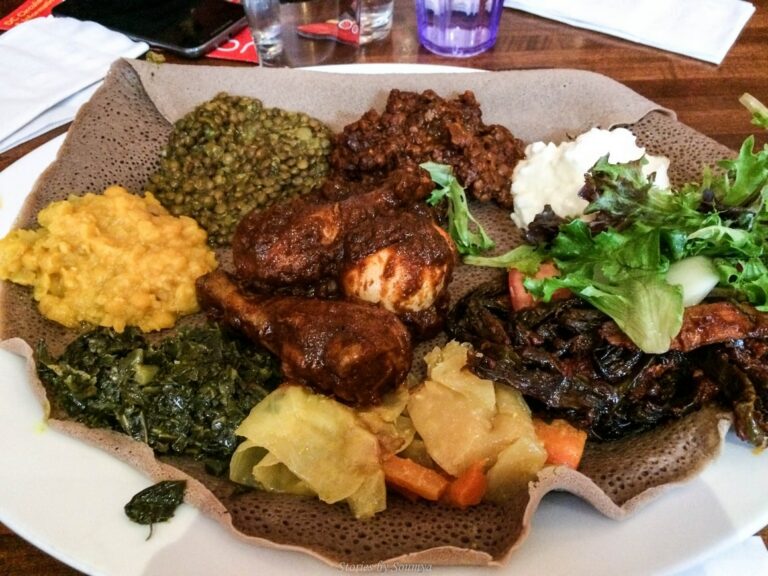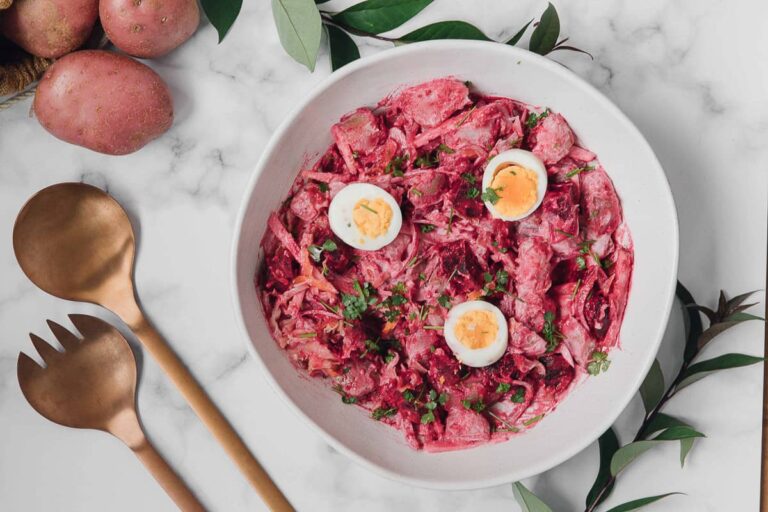Introduction: The Significance of Spices in Dominican Cuisine
Spices are an essential component of Dominican cuisine. The country’s cooking is characterized by a range of flavors and aromas, which are derived from the use of various locally sourced spices and herbs. Dominican cooking is a blend of African, European, and Indigenous influences, and spices play a vital role in creating the unique taste of Dominican dishes.
A Brief Overview of Dominican Spices and Herbs
Dominican spices and herbs are diverse and abundant, reflecting the country’s rich biodiversity and multicultural heritage. Some of the most commonly used spices include cilantro, oregano, garlic, onion, cumin, and paprika. Other popular herbs and spices used in Dominican cooking include annatto seeds, bay leaves, thyme, coriander, and parsley. Dominican cuisine also features a range of peppers that add heat and depth of flavor, such as the habanero and scotch bonnet peppers.
The Role of Spices in Traditional Dominican Dishes
Spices are an integral part of traditional Dominican dishes, such as sancocho, a hearty stew made with meat, root vegetables, and plantains. The stew is flavored with a blend of spices, including oregano, garlic, and cilantro. Another popular dish is pollo guisado, a chicken stew made with onions, garlic, bay leaves, and other spices. Dominican rice dishes, such as arroz con pollo, are also seasoned with spices such as cumin, paprika, and saffron.
The Health Benefits of Dominican Spices
Dominican spices offer numerous health benefits, as many of them contain antioxidants and anti-inflammatory compounds. For example, cilantro contains antioxidants that help protect against cell damage. Garlic is known for its antibacterial and antiviral properties, while cinnamon has been shown to help regulate blood sugar levels. Oregano is also high in antioxidants and has anti-inflammatory properties.
The Importance of Balance in Dominican Spices
Dominican cuisine emphasizes the importance of balance in cooking, including the use of spices. The goal is to create a harmonious blend of flavors that complement each other, rather than overpowering one another. This balance is achieved through careful measurement and blending of spices, and is a key aspect of traditional Dominican cooking.
The Impact of Spices on Dominican Culture
Spices have played a significant role in shaping Dominican culture, both historically and in modern times. The country’s close relationship with neighboring Caribbean islands has resulted in the fusion of various culinary traditions, which has led to the development of unique spice blends and cooking techniques. Spices are also an important cultural symbol, representing the country’s diverse cultural heritage and natural resources.
The Future of Dominican Spices in Modern Cuisine
As Dominican cuisine continues to gain popularity around the world, the use of Dominican spices is becoming increasingly widespread in modern cuisine. Chefs and home cooks alike are experimenting with new ways to incorporate these spices into their dishes, creating exciting fusions of flavors and aromas. The future of Dominican spices in modern cuisine looks bright, with endless possibilities for innovation and creativity.
Conclusion: Spices as a Key Ingredient in Dominican Cooking
In conclusion, spices are an essential component of Dominican cuisine, playing a vital role in creating the unique taste and aroma of traditional dishes. Dominican spices offer numerous health benefits and are a symbol of the country’s rich cultural heritage. The importance of balance in cooking is emphasized, and spices continue to influence Dominican culture and modern cuisine. Aspiring chefs and food enthusiasts should not overlook the importance of spices in Dominican cooking, as they are a key ingredient in creating the bold, flavorful dishes that the country is known for.

